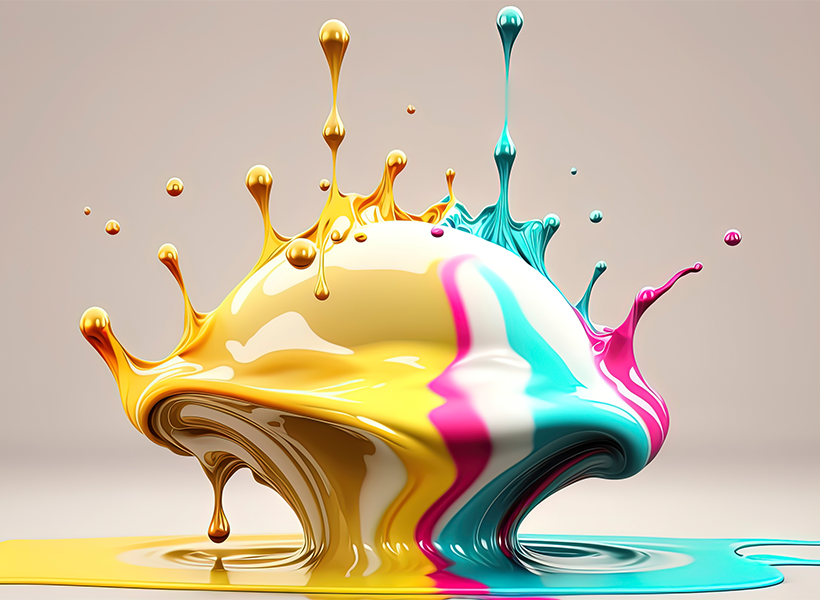Inkjet printing offers several advantages and disadvantages.
Advantages of Inkjet Printing:

- High-Quality Output: Inkjet printers can produce high-resolution images with smooth gradients and vibrant colors, making them suitable for a wide range of applications, including photo printing, graphic design, and marketing materials.
- Versatility: Inkjet printers can print on a variety of substrates, including paper, photo paper, canvas, fabric, and certain types of specialty materials. This versatility makes them suitable for various printing applications.
- Cost-Effectiveness for Small Runs: Inkjet printing is often more cost-effective than traditional printing methods like offset printing for small to medium print runs, as there are no setup costs associated with plate creation.
- Quick Turnaround Times: Inkjet printers typically have fast printing speeds, allowing for quick turnaround times, especially for smaller print jobs.
- Ease of Use: Inkjet printers are relatively easy to use and maintain, making them suitable for both home and office environments. They typically require minimal setup and can be operated with user-friendly software interfaces.
Disadvantages of Inkjet Printing:
- Print Longevity: While modern inkjet printers and inks offer improved durability, prints produced with some inkjet technologies may not have the same longevity as prints produced with certain other printing methods, such as dye sublimation or pigment-based inkjet printing. Prints may be susceptible to fading or deterioration over time, particularly when exposed to environmental factors such as sunlight or moisture.
- Ink Costs: Inkjet printers can be more expensive to operate in the long run due to the cost of ink cartridges, especially for printers used frequently or for high-volume printing. Ink cartridges may need to be replaced frequently, leading to ongoing operating costs that can add up over time.
- Limited Print Size: Inkjet printers may have limitations on the size of prints they can produce, particularly for large-format printing projects. This can restrict the types of materials and projects that can be produced using inkjet technology.
- Printhead Maintenance: Inkjet printers require regular maintenance of printheads to ensure consistent print quality. Printheads may become clogged or damaged over time, leading to printing issues such as streaks or uneven color distribution. Regular cleaning and maintenance are necessary to keep inkjet printers in optimal working condition.
- Color Management Challenges: Achieving consistent color reproduction can be challenging in inkjet printing, especially when using third-party inks or printing on different substrates. Color calibration and profiling may be required to ensure accurate color reproduction across different printing devices and materials.
Overall, while inkjet printing offers many advantages in terms of versatility, cost-effectiveness, and ease of use, it also has some limitations that may need to be considered depending on the specific requirements of a print project.




